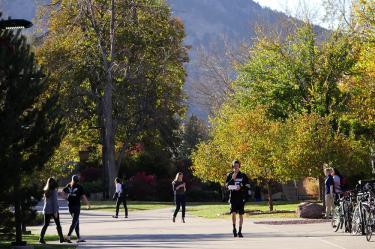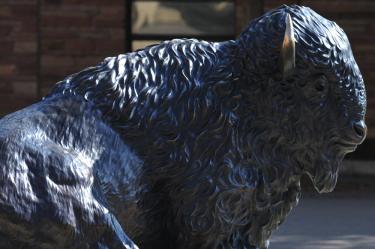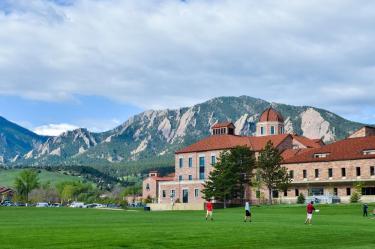Too Pretty for Construction? Uncovering Gender Bias in Hiring for “Masculine” Jobs
While appearances should not matter when applying for a job, unfortunately, they do. Studies show that attractiveness positively benefits both men and women job candidates, garnering attractive individuals more job offers, higher salaries and incomes, and better reviews.
However, research also shows that attractiveness can negatively impact women when applying for a job that is considered masculine because of the perception that beautiful women are unqualified for such types of work.
Beauty is beastly
Leeds Associate Professor Stefanie Johnson refers to this as the “beauty is beastly” effect, which suggests that when attractive women apply for masculine jobs in which attractiveness is not relevant, they are hindered by their beauty—particularly in comparison to unattractive women.
New research conducted by Johnson and her colleague Elsa Chan, from City University of Hong Kong, set out to examine this pervasive gender bias at play in the hiring process of masculine jobs. Specifically, Johnson and Chan explored different ways to mitigate the negative effects of an attractiveness bias against women.
A recipe for bias
The researchers employed a “decoy applicant” to test their hypotheses across multiple studies, manipulating the number of attractive candidates applying for a masculine job. Their results confirmed: when a third unattractive decoy was part of the hiring pool, the beauty is beastly effect occurred—in other words the attractive individual less likely to be hired.
Conversely, when a third attractive decoy candidate was included, they confirmed that bias related to a candidate’s beauty was reduced.
Unexpectedly, Johnson and Chan found that even in gender-neutral jobs, the beauty is beastly effect also occurred when no attractive decoy candidate was added to the hiring pool.
This may be due to the expectation some individuals have for applicants to be unattractive compared to others in the pool or the nature of the job. This underlying bias then leads hiring managers to evaluate and show preference for the unattractive candidates over any attractive candidates—proving the beauty is beastly bias is more prevalent than formerly thought.
- Gender norms can affect the evaluation of women candidates in a finalist pool.
- Decision makers should be made aware of the potential for the composition of the finalist pool to affect their decisions.
- Training should be offered to individuals responsible for hiring to reduce their biases and ensure more fair selection processes.







